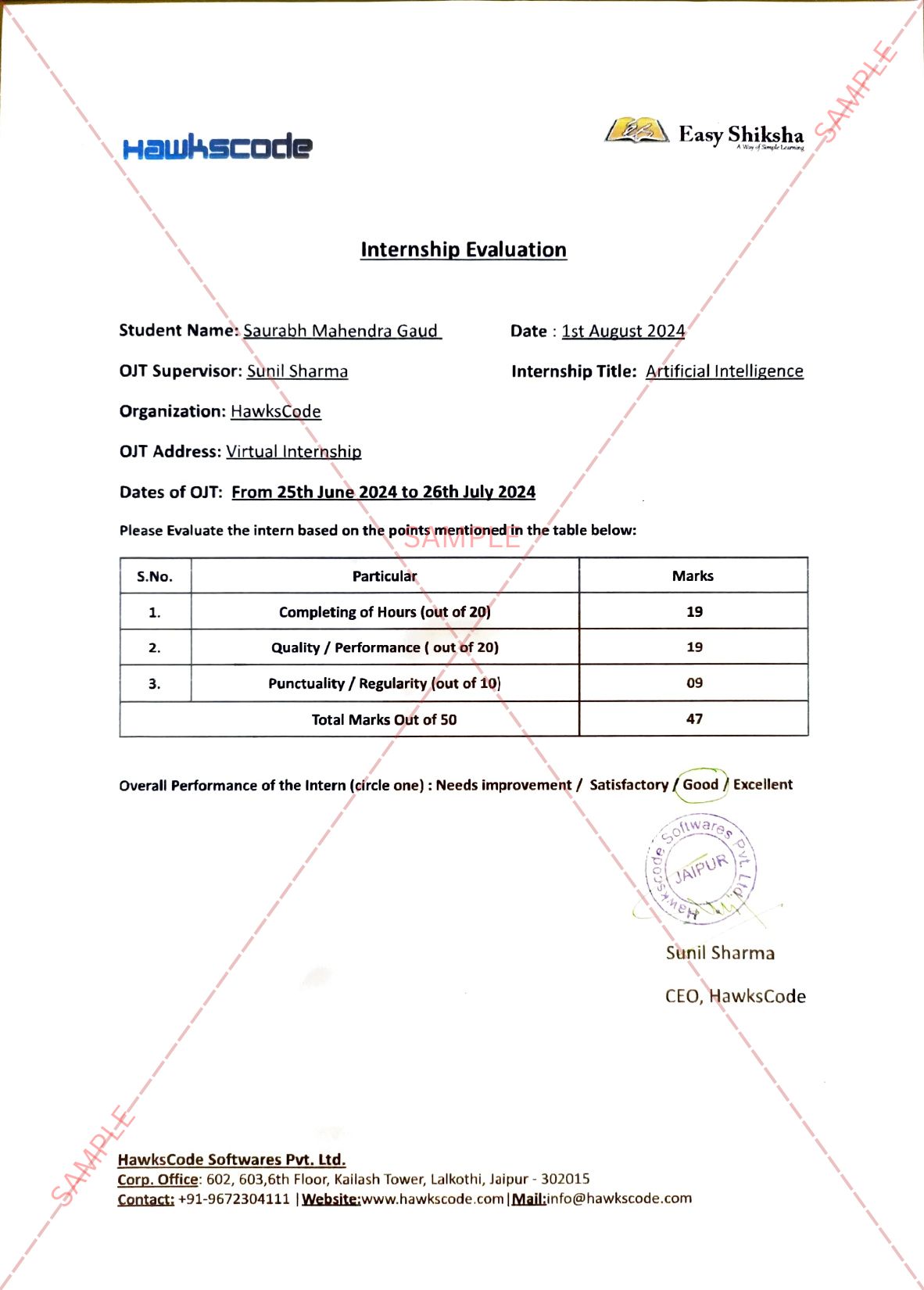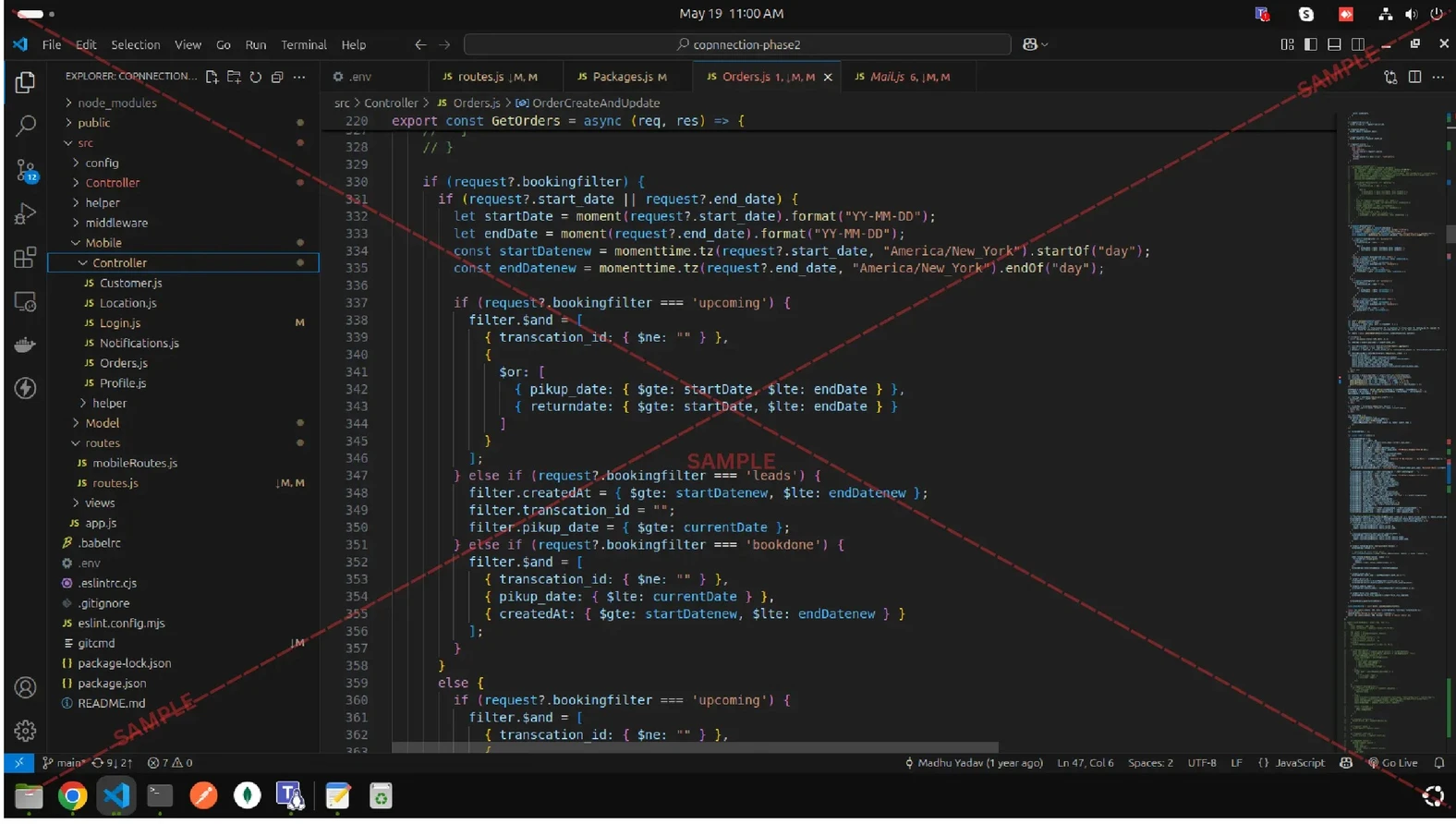EVS Worksheet : Volcanoes : Solar System Worksheet For Class 3 Students
Volcano
A Volcano on the surface of Earth is a vent through which molten lava, ash, rock and gases erupt. It is also a mountain formed by the accumulation of these eruptive products. Basically it is Vent in the crust of Earth or another planet or satellite, from which eruptions of molten rock, hot rock fragments, and hot gases occur .
A volcanic eruption is a Commendable display of Earth’s power. Yet, while eruptions are spectacular to watch, they can cause disastrous loss of life and property, especially in densely populated regions of the world. Sometimes beginning with an accumulation of gas-rich magma (molten underground rock) in reservoirs near Earth’s surface, they can be preceded by emissions of steam and poisonous gas from small vents in the ground. The Swarms of small earthquakes, which may be caused by a rising plug of dense, viscous magma oscillating against a sheath of more-permeable magma, may also signal volcanic eruptions, especially explosive ones.
In some cases, magma rises in conduits to the surface as a thin and fluid called lava, either flowing out continuously or shooting straight up in glowing fountains or curtains. In other cases, entrapped gases tear the magma into shreds and hurl viscous clots of lava into the air. In more violent eruptions, the magma conduit is cored out by an explosive blast, and solid fragments of fire are ejected in a great cloud of ash-laden gas that rises thousands of metres into the air. One feared phenomenon accompanying some explosive eruptions is the pyroclastic flow, a fluidized mixture of hot gas and incandescent particles that sweeps down a volcano’s flanks, incinerating everything in its path. Great destruction also can result when ash collects on a high snowfield or glacier, melting large quantities of ice into a flood that can rush down a volcano’s slopes as an unstoppable mudflow. On Earth, volcanoes are mostly found where tectonic plates are diverging or converging, mostly underwater. Some volcanic eruptions are mild and effusive, while others are highly destructive to nature and to mankind.
Parts of volcano
Volcanoes can be of different shapes and sizes, but all contain these similar basic parts. The essential parts of a typical volcano are:
- magma chamber
- lava
- primary vent
- throat
- conduit
- crater
- summit
- secondary vent
- secondary cone
- lava flow
- ash cloud.
Magma Reservoir
It Is a pool of molten rock found beneath the Earth’s crust. The molten rock remains under extreme pressure, which causes the surrounding rock to crack and fracture, creating an outflow of the magma.
Primary Vent
The primary is an opening in the Earth’s surface through which magma and volcanic gases escape into the atmosphere.
Crater
Also known as a cone, it is the mouth of the volcano which surrounds the vent.. In addition to the cone, volcanic activity can also lead to circular, basin-shaped depressions forming in the Earth. It is typically larger in radius and great in-depth.
Summit
Also known as the apex, it is the highest or topmost part of a volcano.
Ash Cloud
It is a cloud of ash which is formed by volcanic explosions
Conduit
It is An underground passage by which magma travels .
Magma chamber
It is A large underground pool of liquid rock found beneath the surface of the Earth.
Lava
It is a Mixture of Liquid rock that flows out from a volcano
Instructions to solve the worksheet
One of the best ways to help kids to learn about volcanoes is by engaging them in some short fun learning activities .So Given below is a picture of a volcano help your kid to complete the blank space by identifying the correct names of it’s parts from the suggestions provided in the box.
Importance of Environmental Education
- EVS helps children to develop their own insights into the functioning of several things or understanding human processes in their environment. Such interactions with their surrounding environment are immensely important for the healthy development of children.
- Not only does environmental education offer opportunities for experiential learning outside of the classroom, it enables students to make connections and apply their learning in the real world.
- EVS helps learners see the interconnectedness of social, ecological, economic, cultural, and political issues
- By providing environmental education to students they will engage problem-solving techniques of the outer world to their subjects to understand a particular problem by implying outdoor environmental solutions.
- Environmental Education gives students a new meaning of exploring mother nature to see and resolve the issues which are harmful to the environment and this will also help them in maintaining their own health by doing physical work so that their bodies will be immune from some serious health issues such as short-sightedness, obesity and in some cases even lack concentration.
- The one major issue which we need to deal with is pollution and if we don’t educate our kids about the hazardous effects of environmental damage there will be no future in the world.













































